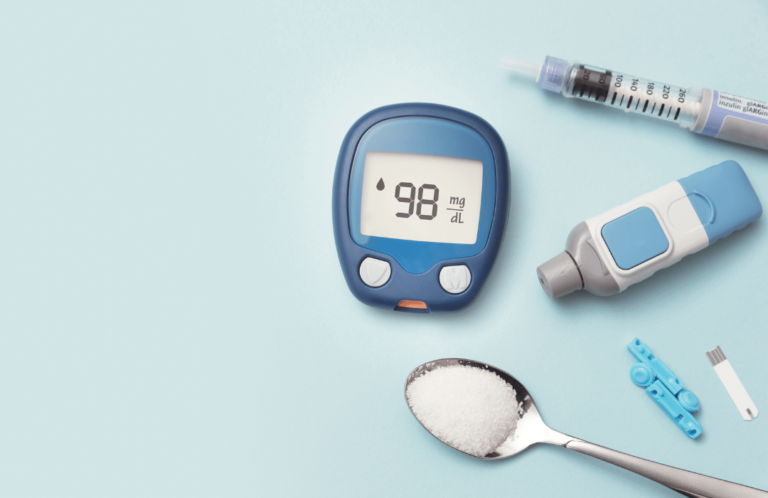

PHONE
303-718-1554
cheryl.furer@msn.com
OPENING HOURS
By Appointment Only
Menu

Gestational Diabetes (GD) is when insulin resistance develops during pregnancy. It is characterized by the presence of too much sugar in the blood stream. Due to pregnancy hormones, cells in the mother’s body naturally become slightly insulin resistant. Meaning that the pancreas needs to produce more insulin to progress carbohydrates and sugar. For most women this isn’t a problem. Unfortunately, our society prides itself on sugary processed foods and cheap carbohydrates. Which means, mama might have already been overworking her pancreas before becoming pregnant.
What does this mean for my baby?
The good news is that gestational diabetes does not cause congenital abnormalities because glucose levels are normal during the first half of pregnancy. What can happen though, is that the baby will also be getting increased blood sugar. The baby will produce more insulin to process the extra sugar. Insulin helps the body store fat and the baby will grow and grow. Once the baby is born he or she will look abnormally large for his/her age and could be in danger for having too low of sugar levels. Later in childhood, obesity and diabetes are more common.
The mother with Gestational Diabetes is also at risk for developing Type II diabetes later in life. During pregnancy, she has a higher risk for hypertension, preeclampsia, and a surgical birth.
You can help prevent Gestation Diabetes! It isn’t easy to change dietary habits, but it is worth it!
Food:
Exercise: 40 minutes for exercise each day, but not on an empty stomach. Eating breakfast first is important because exercising before breakfast can increase the risk of low blood sugar. This can be done all together or separately during the day.
Plan on checking blood glucose levels several times a day: fasting and 2 hours after meals) If normal for 2 weeks, then go down to 3 times per week.
Normal values should be lower than the values listed:
Fasting: 95 mg/dL
1 hour: 140 mg/dL (after eating)
2 hour: 120 mg/dL (after eating)
Glycemic Index
The Glycemic Index is a rating of carbohydrate foods that judge how quickly the sugars of that food enter your blood stream. Carbohydrates don’t include: meats, fish, chicken, eggs, cheese, most nuts, oils, cream, butter and most vegetables. Foods are judged from 0-100 with 0 being lowest on the GI.
When foods digest slower and release their natural sugars into your blood stream over a longer period of time you will stay full longer and your body will have energy longer. These foods have a lower score on the glycemic index scale. Foods that spike your blood sugar more rapidly often cause your body to produce lots of insulin all at once. Then, your blood sugar will drop rapidly which causes fatigue, sometimes a headache and an un-well feeling. The only time that you may want a quick jolt of blood sugar into your system is during labor. This is because your body is using extreme amounts of energy to birth your baby. Plus, sometimes it is difficult to ingest a more stable food source during labor.
Some foods that are low on the glycemic index:
Food or type of food | GI value (approximately*) |
Whole Grain Bread (especially low when | 50 |
Whole Grain Muffins (mixed with real fruit for | 45 |
Fresh fruit smoothie | 35 |
Whole wheat spaghetti | 45 |
Agave nectar | 15 |
Stevia | 0 |
Most beans | 40 or less |
Foods that are high on the glycemic index. Eat in moderation or replace with a lower GI food:
Food or type of food | GI value (approximately*) |
White bread | 70 |
Doughnuts | 70 |
Coca cola | 60 |
Spaghetti- white | 60 |
Table sugar | 65 |
Maple syrup | 55 |
Honey | 75 |
*For more specific foods and glycemic index values please visit this website at www.glycemicindex.com
***This is general information. Please speak to your health care provider about your unique health needs.

“I believe in continuity of care, which means that as your midwife, I’m here to support you throughout your pregnancy, birth, up until your baby is a toddler (really!) and beyond…”


Proud Practitioner with BeHerVillage. Create a Registry Here.
Copyright © 2022 Healthy Families Homebirth – Home is Where Family is Born | All Rights Reserved | Website by Cheryl Furer & Precy Onasa